Key Elements of Cloud Infrastructure Entitlement Management (CIEM)
October 23, 2024
|
Duration:
6
min READ

Cloud Infrastructure Entitlement Management, or CIEM, is a cybersecurity framework centered on managing and monitoring permissions within cloud platforms.
A cornerstone concept in CIEM is entitlements, which are the specific permissions or rights assigned to users or applications, determining what actions they can undertake on cloud resources. There are 11 elements that make up CIEM and dictate user cloud entitlements.
Another foundational principle is least privilege, which is the concept that users and services should only be granted the minimal set of permissions necessary to perform their tasks, reducing the likelihood of security vulnerabilities.
What are cloud infrastructure entitlements?
Cloud infrastructure entitlements are the specific permissions or rights assigned to users, services, or applications within a cloud environment. These entitlements, encompassing everything from reading data to managing configurations, determine who can access what and to what extent in the cloud. Proper management of these entitlements ensures that entities operate under the principle of least privilege. Misconfigurations or excessive entitlements can expose cloud environments to potential security risks, such as data breaches and loss of IP.
Key elements of cloud infrastructure entitlements
Cloud infrastructure entitlements are central to securing cloud environments. Here are the essential elements of entitlements.
The 11 key elements that make up CIEM
- Identity: The user, application, or service that is being granted or denied certain permissions. Identities can be human users, service accounts, or even applications.
- Resource: The specific cloud infrastructure components that an identity might need to access. This can include databases, virtual machines, storage buckets, network configurations, serverless functions, and more.
- Permissions: Define the actions that an identity is allowed (or not allowed) to perform on a given resource. Common permissions include creating, reading, updating, deleting, and managing resources.
- Roles: Instead of directly assigning permissions to identities, cloud platforms often utilize roles, which are predefined sets of permissions. Identities are then associated with these roles, thereby inheriting the role's permissions. This method, known as Role-Based Access Control (RBAC), simplifies management, especially in complex environments.
- Policies: Formal definitions or rules that specify what actions identities can or cannot do on resources. They are a structured way to combine identities, permissions, and sometimes conditions to establish who can do what under which circumstances.
- Scope: Entitlements can be scoped to specific parts of the cloud environment, such as a particular region, resource group, or organizational unit. This helps in limiting the breadth of access for any given identity.
- Conditions: Some entitlements might only be valid under specific situations. For instance, an entitlement might only be valid when accessed from a certain IP range or during specific times in a day.
- Time-bound Entitlements: Permissions granted for a specific duration. Once the period expires, the entitlements are automatically revoked.
- Audit Trails: While not a direct component of the entitlement itself, maintaining a log or audit trail of entitlement changes and access events is crucial for security reviews, compliance, and incident investigations.
- Lifecycle Management: The process of periodically reviewing and adjusting entitlements to reflect changing needs, removing obsolete permissions, and ensuring adherence to the principle of least privilege.Inheritance: Some entitlements are derived from parent entities or overarching settings depending on the team or department of a user.
The concept of least privilege
The concept of least privilege is a cybersecurity term that describes the practice of granting users only the minimum level of permissions required for their specific requirements. Implementing least privilege helps limit the potential damage of misconfigurations, insider threats, or external breaches. CIEM tools operate under the least privilege methodology by monitoring and managing cloud entitlements to ensure that identities have as little access as is necessary.
Relevancy of least privilege for CIEM
Least privilege is a foundational component of CIEM solutions. By focusing on the effective management of cloud entitlements, CIEM solutions ensure that users have only the narrow entitlements they require to effectively perform their functions. This helps by reducing the overall attack surface, mitigating insider threats, simplifying audit and compliance, and reducing the risks of misconfigurations.
In conclusion
CIEM key concepts include the foundational elements for protecting identities in the cloud, enabling organizations to understand who is accessing your cloud resources, what data, projects and systems they are using, and how they are using your IP within your cloud environment.
Authors

No items found.
No items found.
No items found.
.svg)

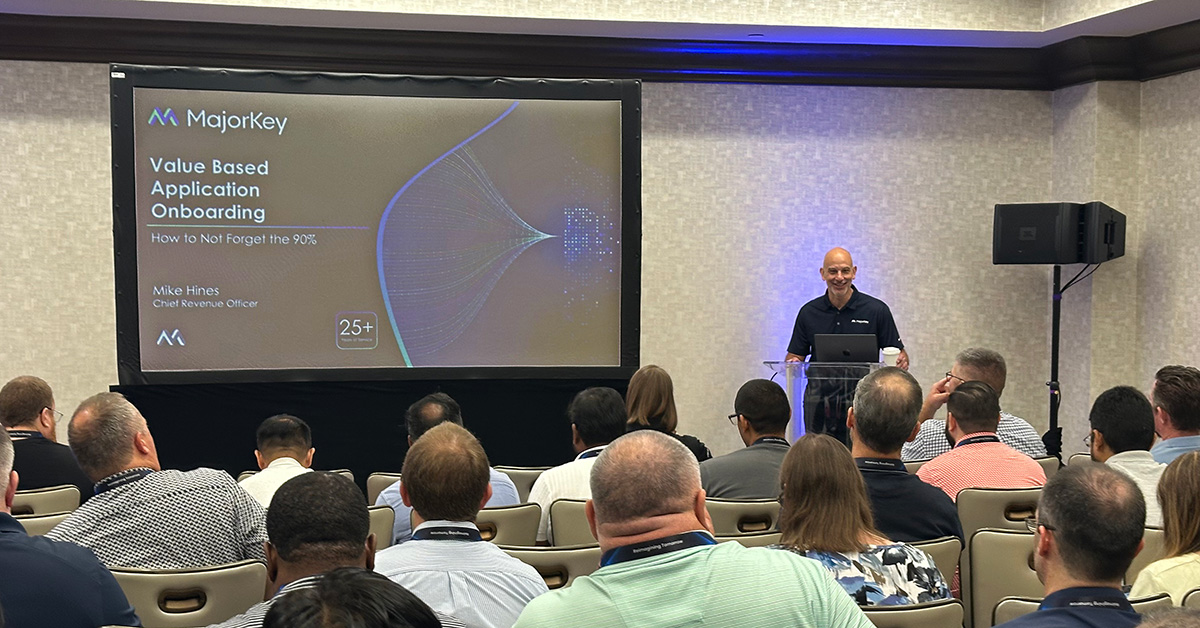




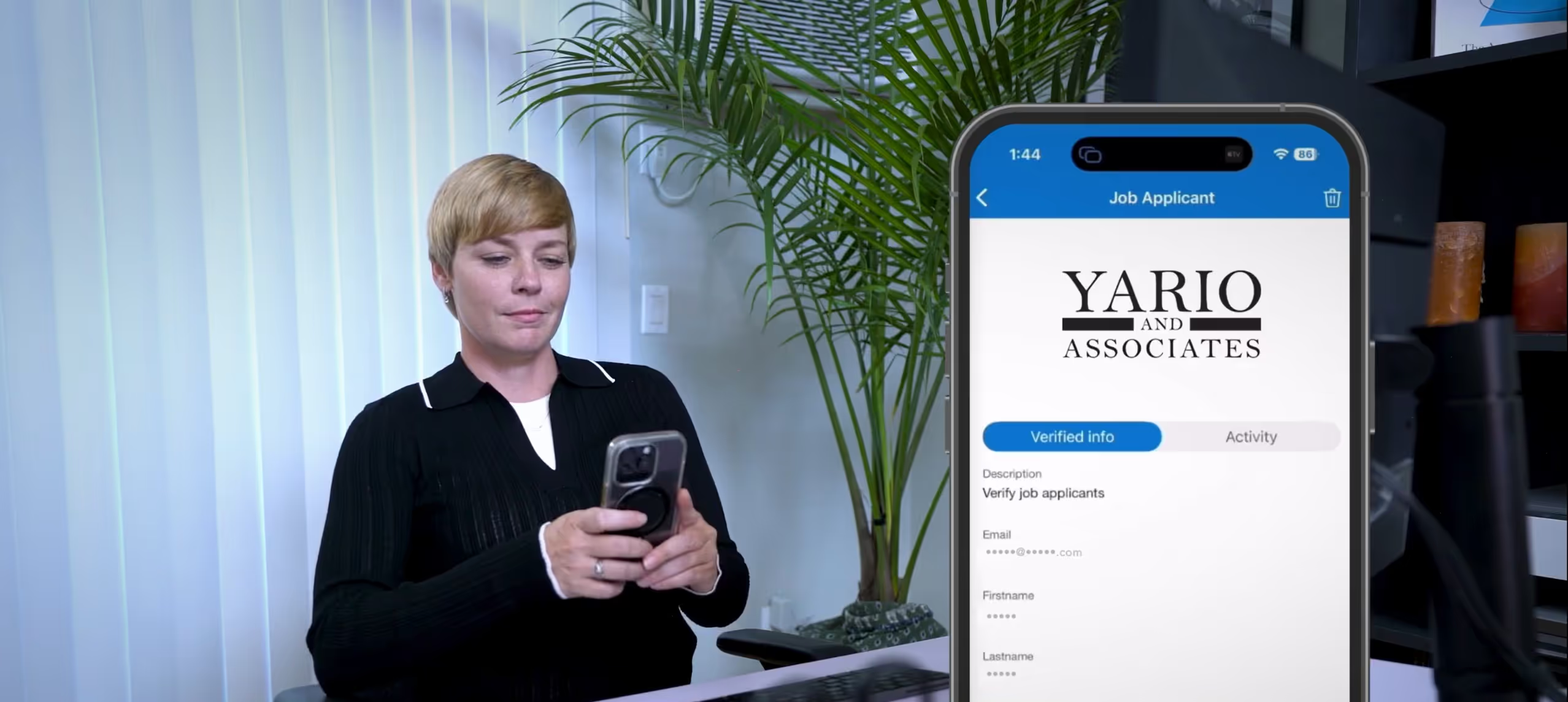



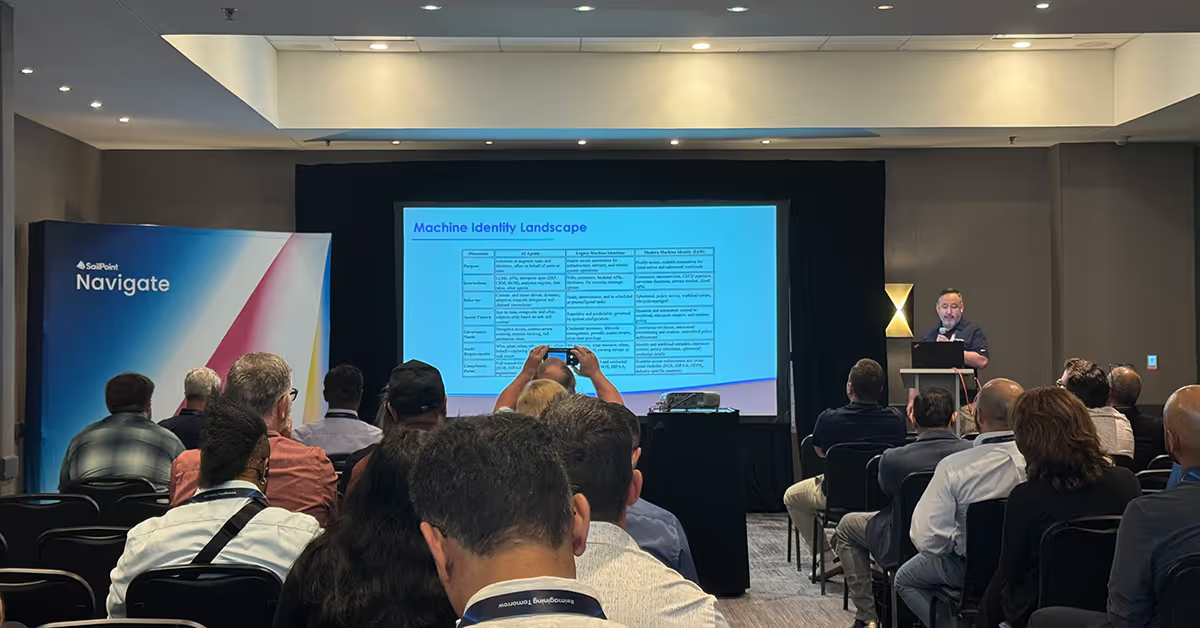
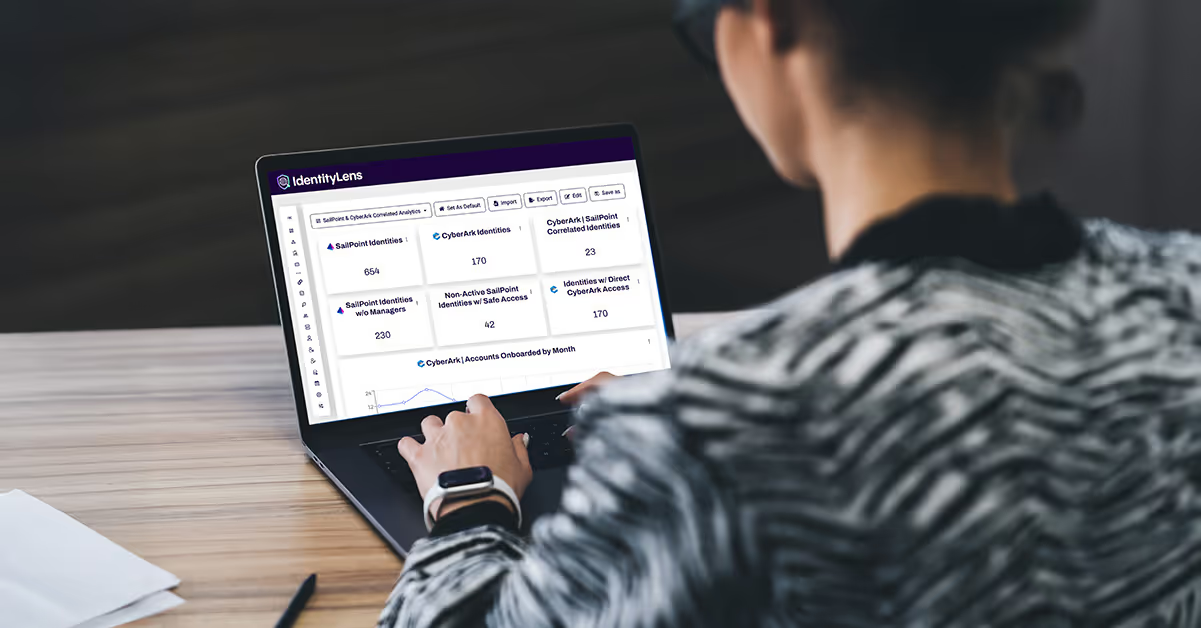
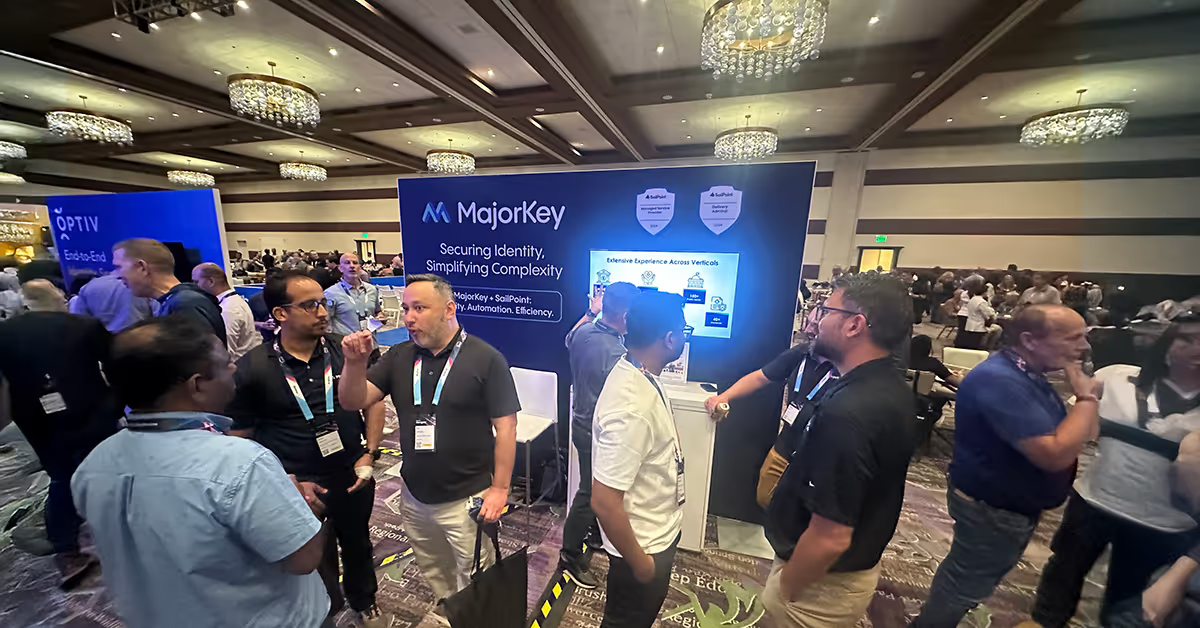






.svg)
